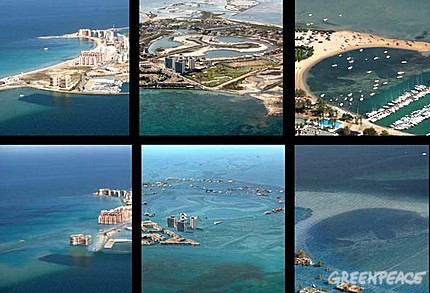greenhouse GREENHOUSE
-water vapor. Is the main contributor to the greenhouse effect.
carbon-dioxide. Next in importance to water vapor. Naturally, is emitted by volcanoes and by agencies in their breathing.
-Methane. Issued in the digestion of ruminants, landfills and swamps.
HOW THE GREENHOUSE
solar radiation reaching the Earth is three ways:
-30% is reflected by the atmosphere or the earth's surface and returned to the outer space without nustro planet warms in this process. This is what is known as albedo.
"The 19% is absorbed by clouds and other atmospheric components.
-The remaining 15% is absorbed by the earth's surface increases its temperature.
returns that energy surface that has absorbed, but in the form of infrared radiation. The greenhouse gases absorb infrared radiation, warming the air and hinder the emission of heat into outer space. But in the end just going outside.








